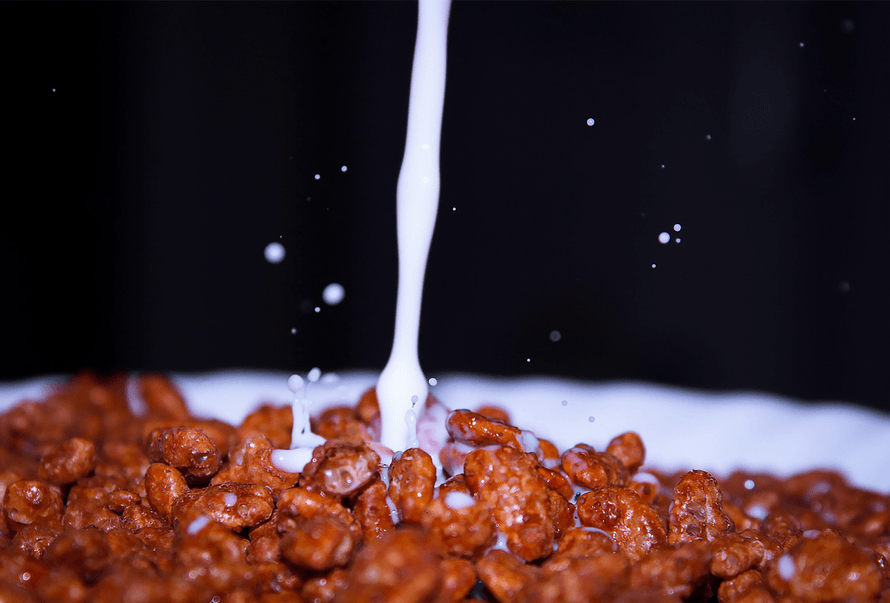
Iron fortification can be vital to protecting public health but can also present formulation challenges, as iron compounds can produce unwanted color change. Image Source: Pexels user stock.tookapic.com
Iron deficiency is the most prevalent nutritional disorder in the world, affecting one out of four people. In developing countries the rate is drastically higher, topping 50% amongst pregnant women and young children.1 Although iron deficiency is less common in Western nations, it remains a significant health concern for vulnerable individuals and groups. In the United States alone, 2.4 million children are affected by iron deficiency along with 15-25% of pregnant women.2
Because iron is not synthesized by the body, it must be obtained via diet or supplementation. Although certain foods such as red meat, poultry, beans, and pork are naturally iron-rich, regional scarcity and economic barriers to accessing these food sources leaves billions around the world with inadequate iron intake, which can cause serious damage to physical, cognitive, and behavioral health. Indeed, the World Health Organization considers iron deficiency as “being among the world’s most serious health risk factors.”3 As such, iron fortification of food products like breads, cereals, dairy, and infant formulas is critical to increasing the availability of dietary iron and addressing iron deficiency as a public health concern.
In the United States, fortification began in the 1930s and is now standard within many food manufacturing practices, particularly as increasingly health-conscious consumers seek to optimize nutritional intake.4 In the developing countries without the food security and lengthy history of food enhancement enjoyed in the United States, iron fortification is increasingly vital and offers a “sustainable and low-cost effective approach” to combatting iron deficiency.5 The extraordinary efficacy of fortification has led several countries with high deficiency rates to implement mandatory fortification laws and international public health experts regard iron fortification as a critical measure in many regions. As demand for iron-fortified foods grows throughout the world and becomes ever-more vital to public health strategies, spectrophotometers can play a central role in the formulation and production of these innovative food products.

Iron fortificants can cause unsightly greying of chocolate. Image Source: Pexels user Karolina Grabowska


